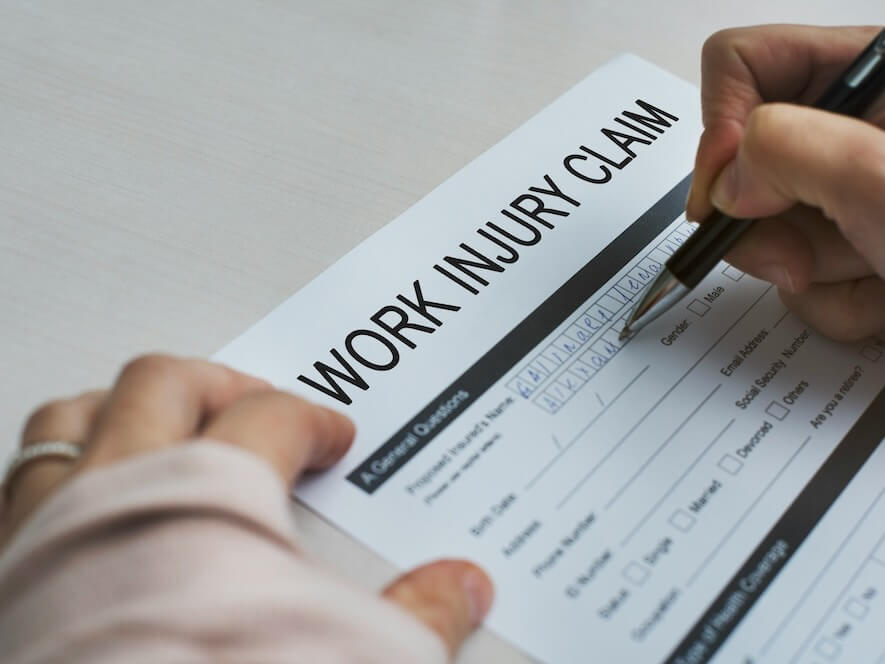Las Vegas is a city powered by people—hotel staff, construction crews, warehouse workers, entertainers, and countless others who keep the lights on and the economy moving. But when something goes wrong on the job, the path to compensation isn’t always clear-cut. Not every injury fits the traditional mold of a slip, fall, or machinery mishap. In a fast-paced environment like Las Vegas, where workers often face unique job-related pressures and injuries, claims involving stress, repetitive strain, or psychological trauma are increasingly common—and far more complicated.
These cases often fall outside the standard workers’ compensation framework and require a deeper understanding of legal options, documentation, and insurance nuances. Whether it’s proving a connection between the job and the injury or navigating denials, these situations demand specialized attention. That’s why having a Las Vegas, NV, workers’ compensation lawyer can make all the difference—someone who knows how to advocate when the usual rules don’t apply.

Understanding Non-Standard Injuries
Most workers’ compensation mechanisms address common injuries like slips and falls or equipment-related accidents. However, not every incident fits these patterns. Some injuries stem from circumstances such as stress or mental health issues. It can be difficult to prove that these cases relate to the workplace.
These things take time, and there is usually no single triggering event that leads to these sorts of stress-related conditions. Workplace bullying and undue pressure can cause psychological harm and lead to anxiety or depression. Repetitive strain injuries can develop into conditions such as carpal tunnel syndrome due to repetitive tasks that take a long time to complete. Each of these has a different approach to documentation and proof.
Documenting the Unconventional
For injuries that are not typical, documentation is paramount. It should maintain a detailed record of symptoms, any work-related incidents that may have contributed, and any medical consultations. This information can help bolster the case when seeking compensation.
Employers must maintain legitimate records of all work conditions, schedules, and reported incidents. This will assist in establishing the context of the injury, and there will be clarity if a claim is made against you. Communication between employees and employers is important so that everyone can access the information they need.
Legal Considerations
Legal channels for unconventional injuries can be complicated. Compensation claims may not cover these cases based on traditional approaches, so other legal avenues need to be explored. Speak to experts who specialize in workplace injuries. They can assess the situation and recommend how to proceed. If the usual workers’ compensation doesn’t apply, they may suggest that you file a personal injury claim. Understanding one’s rights and responsibilities is the key to maneuvering through these legal complexities.
The Role of Insurance
Insurance plays a huge role in workplace injuries. However, policies can vary regarding non-standard incidents. They should take a closer look at their coverage to see what is included. Employers also need to make sure that their insurance policies are comprehensive. This assessment includes determining whether their existing coverage sufficiently covers atypical injury circumstances. It avoids complications later and protects both parties.
Employer Responsibilities
Employers must provide a safe workplace. This includes mitigating hazards that may result in unusual injuries. You can identify what needs some work with regular risk assessments and employee feedback. Non-standard injuries can also be minimized by organizing training programs on stress management, ergonomic practices, and mental health support. Employers ought to create an environment where people can talk about and report concerns without fear of retribution.
Employee Advocacy
It is up to employees to speak up for their own health and safety. It is vital to know your rights and how to follow the process if you are injured. Consulting a union or lawyer may help if a worker feels their injury is not being addressed properly. Furthermore, proactively participating in workplace safety programs and health and wellness initiatives can help empower employees. Involvement in the personal wellness of individuals helps avoid injuries and keeps the workplace safe.
Conclusion
When usual systems do not cover workplace injuries, things can get complicated. Addressing them requires a group effort from employees and employers. Non-standard injuries can be managed through proper documentation, legal advice, and creating a safe environment. By embracing your important role in the risk assessment process, everyone can do their part to make the workplace and the work experience safer and healthier.
People also read this: How to Improve Your Chances of Being Accepted For a Job in the World of Digital Marketing

